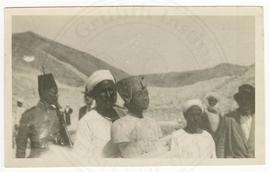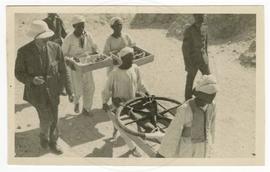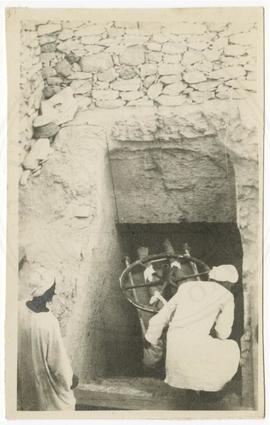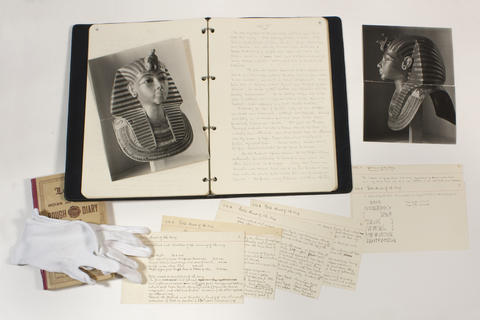
Identity area
Reference code
TAA
Title
Date(s)
- 1922-2014 (Creation)
Level of description
Collection
Extent and medium
24 boxes, 15 albums, 12 packages, 47 maps and drawings, 7 card index drawers, 5 rolls, 2 large folders, approximately 2000 original glass negatives, over 600 lantern slides, and sets of duplicate negatives and photographs.
Context area
Name of creator
Biographical history
British Egyptologist. Born, London 1874. Died, London 1939. Privately educated. Employed by P. E. Newberry in 1891 working for the Archaeological Survey. Assisted in excavations for the Egypt Exploration Fund 1892-3, was with Petrie at Amarna in 1892, and as a draughtsman to the Deir el-Bahri expedition 1893-9. Appointed Chief Inspector of Antiquities of Upper Egypt 1899-1904. Discovered several royal tombs, including those of Hatshepsut, Tuthmosis IV and Amenophis I. Inspector of Lower Egypt 1905. Employed by Lord Carnarvon from 1909 onwards, to excavate in the Theban necropolis, the Delta and Middle Egypt. His most famous discovery, that of the intact tomb of Tutankhamun, was made in 1922. He spent the next ten years recording the tomb's contents. Most of Carter's records for Tutankhamun's tomb remain unpublished.
Name of creator
Biographical history
British archaeologist and photographer. Born, Stamford 1879. Died, Asyut 1940. Began his photographic career in Florence with the art historian Henry Hobart Cust. He was then engaged as a excavator at Thebes by Theodore Davis between 1910-14. Then from 1914 onwards he worked for the rest of his career as a photographer for the Metropolitan Museum of Art, New York. His task was to record many of the royal and private tombs at Thebes. Between 1922 and 1933 he was lent by the Metropolitan Museum to Lord Carnarvon and Howard Carter to make a photographic record during the excavation of the tomb of Tutankhamun.
Name of creator
Biographical history
British Egyptologist. Born, Glenorchy, Hobart, Tasmania 1874. Died, Haywards Heath, Sussex 1928. Educated, St Edward's School, Oxford, then Keble College, Oxford. BA, 1895. Worked with W. M. F. Petrie at Dendera, Hû, and Abydos, between 1897-1901. Assisted G. A. Reisner on the California University excavations at Gîza, 1901-6. From 1906 onwards, he spent of the rest of his career working for the Metropolitan Museum of Art, New York, culminating in the position of Associate Curator in 1922. He founded and directed the first Metropolitan Museum expedition to Egypt. Between 1922-4 he was engaged as an assistant to H. Carter during the early stages of excavating of the tomb of Tutankhamun. He was forced to resign this position due to poor health. He published several books and articles and collaborated with Carter on the first volume of the publication The Tomb of Tut.Ankh.Amen (1923).
Name of creator
Biographical history
British chemist. Born, Chorlton-upon-Medlock 1867. Died, Luxor 1945. Educated, School of Mines, London, and the Royal College of Science. Worked for the British Government as an assistant chemist, until ill health prompted a move to Egypt. There he was engaged as an assistant chemist to the Government Salt Department, 1898. He initially managed the Survey Department and Assay Office laboratories, he was then appointed Chemist for the Antiquities Service, 1923-32. Honorary Consulting Chemist, 1932-45. He was able to put his expertise in cleaning, consolidating, and conserving antiquities to good use when he was lent by the Antiquities Service to H. Carter during the excavation of the tomb of Tutankhamun. He also worked at Tanis with P. M. Montet. Published many books about his work in this field.
Name of creator
Biographical history
British Egyptologist. Born, Eltham 1879. Died, Oxford 1963. Educated at Charterhouse, then studied Classics, Hebrew and Arabic at The Queen's College, Oxford. Worked with A. Erman on the preparation of material for the Wörterbuch der ägyptischen Sprache and was sub-editor 1906-8. Laycock Studentship, Worcester College, Oxford, 1906-12. Edited many Egyptological publications, including the Journal of Egyptian Archaeology. Published extensively in the field of Egyptology. Honorary Secretary of the Egypt Exploration Society, 1917-20, Vice President and then President, 1959-63. He was awarded many distinctions during his career. Specialized in hieratic texts on papyri and ostraca. Gardiner published the 1st edition of his Egyptian Grammar in 1927, which is still one of the essential learning aids for Middle Egyptian. Gardiner was also a member of the Tutankhamun excavation team, recording inscriptions from objects found in the tomb during the first few seasons.
Name of creator
Biographical history
Percy Edward Newberry M.A. O.B.E. was born on 23 April 1869 and died at his home in Godalming, England, on 7 August 1949. He was educated at King’s College School and King’s College, London and later mentored in Egyptology by Reginald Stuart Poole of the British Museum and Francis Llewellyn Griffith. Newberry began his career at the Egypt Exploration Fund and, from 1890 to 1894, headed an expedition to investigate the tombs of Middle Kingdom nomarchs at Beni Hasan and El Bersha. In 1893-4, he published a two-volume monograph Beni Hasan which remains a definitive account of the tombs there. Newberry then operated as a freelance excavator from 1895-1901, undertaking a survey of the Necropolis at Thebes. In 1902 Newberry worked on the Catalogue Général of Egyptian Antiquities at the Cairo Museum.
In 1906 Newberry was appointed Brunner Professor of Egyptology at the University of Liverpool, a position he held until 1919. In 1919 Newberry was appointed O.B.E. In 1923, he served as President of the Anthropological Section of the British Association, and from 1926 to 1927, he was Vice-President of the Royal Anthropological Institute. In 1929 Newberry accepted the chair of Ancient Egyptian History and Archaeology at the University of Egypt, Cairo, a post he held until 1933.
Newberry published extensively (see Magee, Diana, 'The Egyptological Bibliography of Percy Edward Newberry (1869-1949)', in The Journal of Egyptian Archaeology, Volume 76, 1990) and Botany. Notable publications include several volumes in the series of the Archaeological Survey of Egypt, two volumes in the Catalogue Général of the Cairo Museum and Scarabs (1906).
On 12 February 1907, Newberry married Essie Winifred Johnston (1878-1953). There were no children of the marriage. Although largely undocumented, Newberry was previously married from 1894 to Helena Aders, whom he divorced in 1904.
Archival history
Part of Howard Carter's estate. Bequeathed to Carter's niece Miss Phyllis Walker in 1939. For other material included within this group, see entries within the catalogue.
Immediate source of acquisition or transfer
Miss Walker donated Carter's excavation records (and Carter MSS) in several groups in 1945, 1946, 1959, and 1972. Other material was acquired at various times, see the catalogue.
Content and structure area
Scope and content
Notebooks, negatives, photographs, maps, and drawings made during the excavation of the tomb of Tutankhamun. For other material, refer to the catalogue.
Appraisal, destruction and scheduling
Accruals
System of arrangement
Mostly kept as received and arranged in four groups.
Conditions of access and use area
Conditions governing access
Property of the Griffith Institute. No restrictions apart from certain categories listed in the catalogue.
Conditions governing reproduction
Copyright Griffith Institute, Oxford, except for those items marked otherwise in the catalogue.
Language of material
- English
Script of material
Language and script notes
Physical characteristics and technical requirements
No problems.
Finding aids
Catalogue. Also online (http://www.griffith.ox.ac.uk/gri/4taa.html).
Allied materials area
Existence and location of originals
These are the original excavation records. For other and secondary material included here, see the catalogue.
Existence and location of copies
Refer to the catalogue. Digitised copies of almost all Carter's Tutankhamun excavation records exist in the Griffith Institute.
Related units of description
Publication note
- Carter, Howard and A. C. Mace, The Tomb of Tut-ankh-Amen, 3 volumes (1922-1933) (OEB 136412):
- Volume i (1923): https://archive.org/details/in.ernet.dli.2015.77344 (discovery of tomb, Antechamber, opening of the Burial chamber);
- Volume ii (1927): https://archive.org/details/in.ernet.dli.2015.77328 (Burial chamber, examination of Tutankhamun's body and wrappings);
- Volume iii (1933): https://archive.org/details/in.ernet.dli.2015.77360 (Treasury and Annexe).
- For a list of the Tutankhamun Tomb Series fascicles published by the Griffith Institute, see http://www.griffith.ox.ac.uk/publications.html
- See web publication of original excavation records 'Tutankhamun: Anatomy of an Excavation': http://www.griffith.ox.ac.uk/discoveringTut/
Notes area
Note
A typescript of a note found in P. E. Newberry's copy of Howard Carter's Statement, extracted from Newberry's 1938-9 notebook, page 115, is filed with the Carter Tutankhamun Archive accession correspondence:
"Tutankhamun. Information given me by Lucas, 2nd July, 1939.
The cards of the Catalogue were written entirely by Mace during the first two years and after Mace's death Carter took over the work.
Lucas who worked on the antiquities found was paid by the Egyptian Government. Alan Gardiner and myself wrote out many cards and filled in the hieroglyphic inscriptions.
All the photographs were taken by Burton who was paid by the Metrop. Museum of New York.
Calendar told Lucas that Lucas's salary and Burton's salary were included in the £70,000 asked for by Carter and he was paid £36,000 by the Egyptian Government for all the expenses."
Alternative identifier(s)
Access points
Subject access points
Place access points
Name access points
Genre access points
Description control area
Description identifier
Institution identifier
Rules and/or conventions used
Status
Level of detail
Dates of creation revision deletion
Language(s)
Script(s)
Sources
Digital object metadata
Filename
TAA_staged_items_01_photo_08.jpg
Latitude
Longitude
Media type
Image
Mime-type
image/jpeg
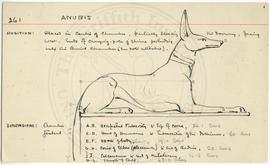

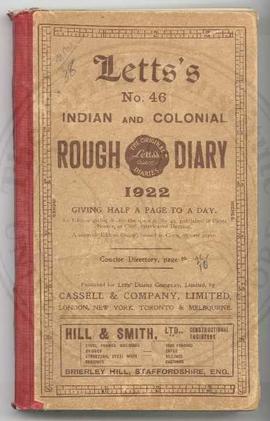

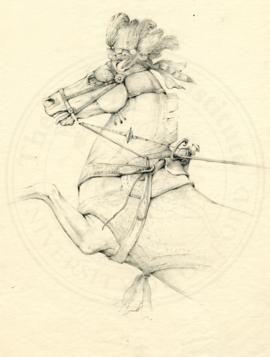
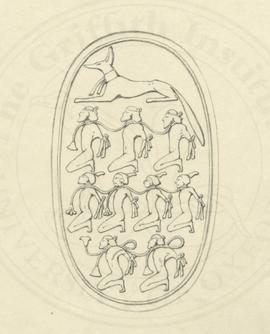
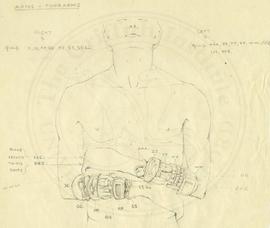
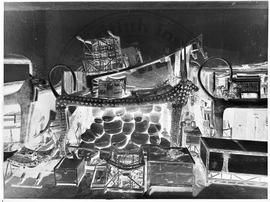
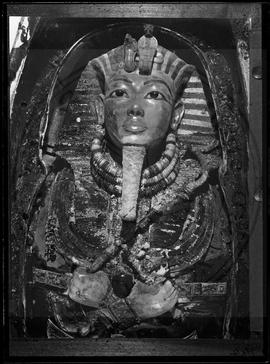

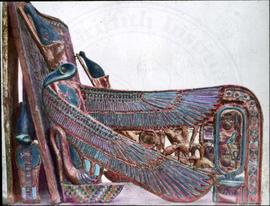
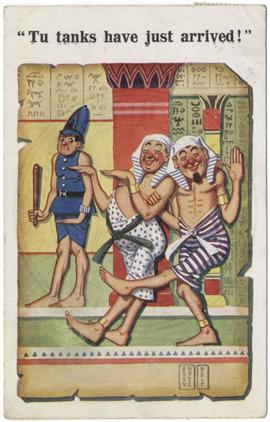
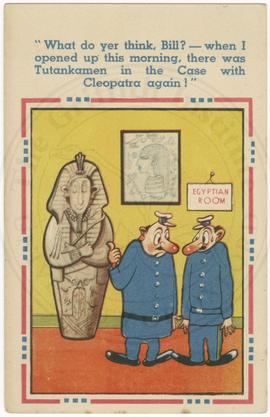




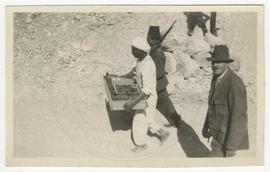
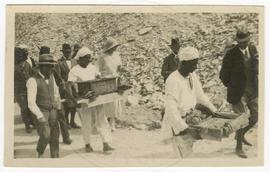
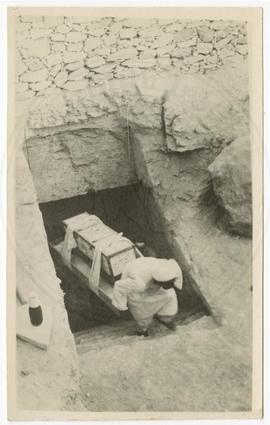
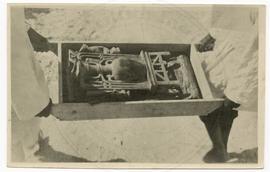

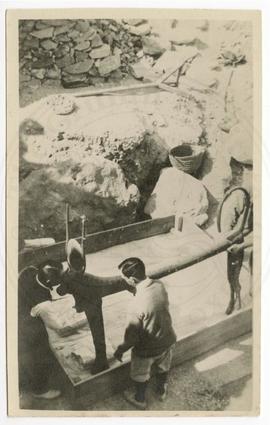
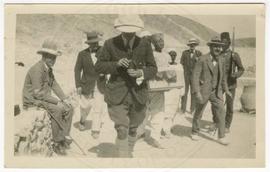
![Transporting Tutankhamun's "mannequin" [1]](/uploads/r/null/c/6/9/c6989faf4715475b8610a391b2f70fa89105333f6c3010bf5513e38d1be0ac67/TAA_ii_6_81awm_142.jpg)
![Transporting Tutankhamun's "mannequin" [2]](/uploads/r/null/8/2/5/825a3eeafc9c1e4a5f477f9c720942de50142fe3a69b90777a088ba6f36dbcd8/TAA_ii_6_81bwm_142.jpg)
